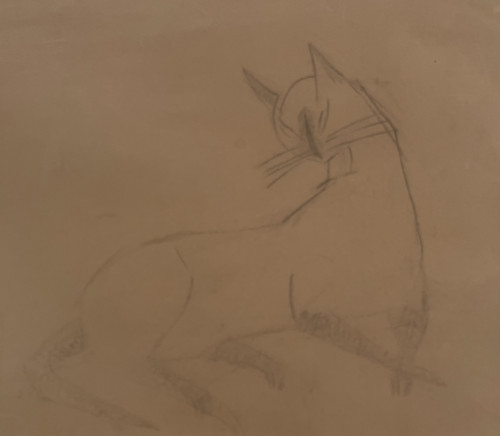- HOME
-
- View All Items
- New Arrivals
- Featured Items
- Artists
-
- View All
- Contemporary
- Birmingham School
- Cotswold Group
- Landscape
- Urban Townscape
- Abstract
- Animals/Birds
- Arts & Crafts
- British Impressionist
- Botanical
- Design/Industrial
- Fantasy/Fairy Subjects
- Female Artists
- Figurative
- Historical
- Illustration/Cartoon
- Marine
- Military/War Artist
- Modern British
- Pre-raphaelite/ Romantic/ Aesthetic
- Nude
- Portrait
- Prints
- Scottish
- Sculpture
- Sporting
- Still Life
- Theatrical
- Interiors/Architectural
-
ARCHIVE
Genre
- View All
- Contemporary
- Birmingham School
- Cotswold Group
- Landscape
- Urban Townscape
- Abstract
- Animals/Birds
- Arts & Crafts
- British Impressionist
- Botanical
- Design/Industrial
- Fantasy/Fairy Subjects
- Female Artists
- Figurative
- Historical
- Illustration/Cartoon
- Marine
- Military/War Artist
- Modern British
- Pre-raphaelite/ Romantic/ Aesthetic
- Nude
- Portrait
- Prints
- Scottish
- Sculpture
- Sporting
- Still Life
- Theatrical
- Interiors/Architectural
- ARTISTS
- Online Exhibitions
- Events
- About
- Contact
- Home
- Medium
- Watercolour & Drawing
- The Big Girl
The Big Girl
The Big Girl
Born in London in 1906, Bianco spent her early childhood in France and Italy. Her mother, Margery Williams, was the author of The Velveteen Rabbit and other children’s books. She educated her children at home and greatly encouraged their interest in art and design. Although entirely self-taught Pamela Bianco first exhibited in 1918 in an exhibition of children’s art held in Turin when her drawings created a sensation. The family returned to London and she held her first one-man show at the Leicester Galleries in 1919. Roger Fry and Clive Bell helped with the hanging of her drawings and the exhibition was greeted with huge critical acclaim and she was declared a ”˜child prodigy’. Purchasers of her works in this exhibition included James B Mason, director of the Tate Gallery, Langton Douglas, director of the National Gallery of Ireland, William Heinemann, the publisher, John Galsworthy and Sir William Nicholson. Other admirers included the artists C R W Nevinson and Augustus John and the poet Walter de la Mare. On the encouragement of William Heinemann Bianco and de la Mare collaborated on a book of children’s poems entitled Flora, published in 1919. She held a second exhibition at the Leicester Galleries in 1920 and by this date she had already developed her style and was moving away from the detailed pen and ink work of her first exhibition and was painting still-lifes and landscapes and experimenting with tempera and other mediums. This second Leicester Gallery exhibition was again a great success and resulted in her meeting her next most important patron, Gertrude Vanderbilt Whitney, who purchased two of her drawings. Bianco moved to the USA in 1921 where she lived and worked for the rest of her life.
Dimensions:
Thank you for your enquiry.
We will get back to you soon.
Please create wishlist to add this item to
RELATED ITEMS















